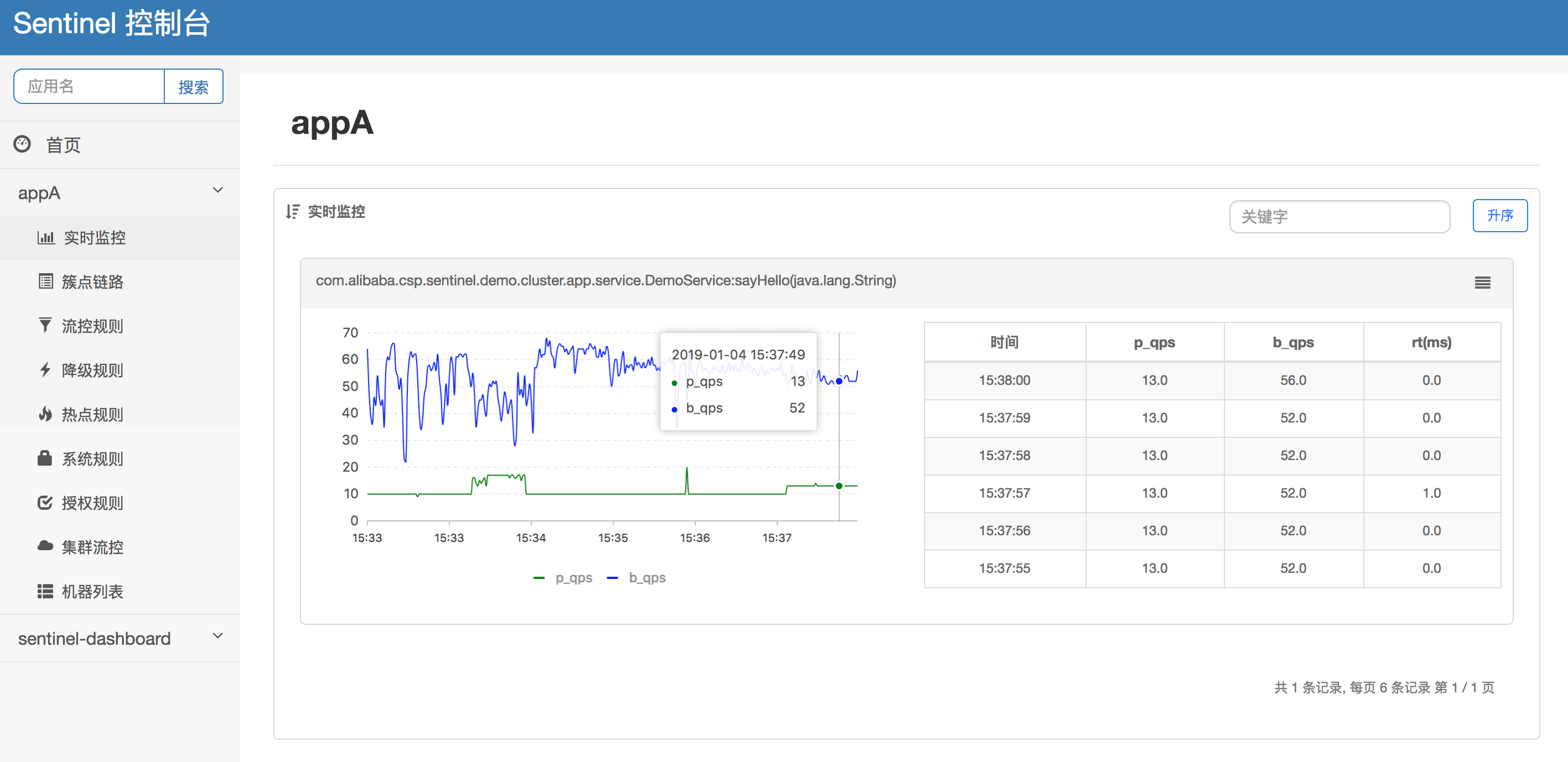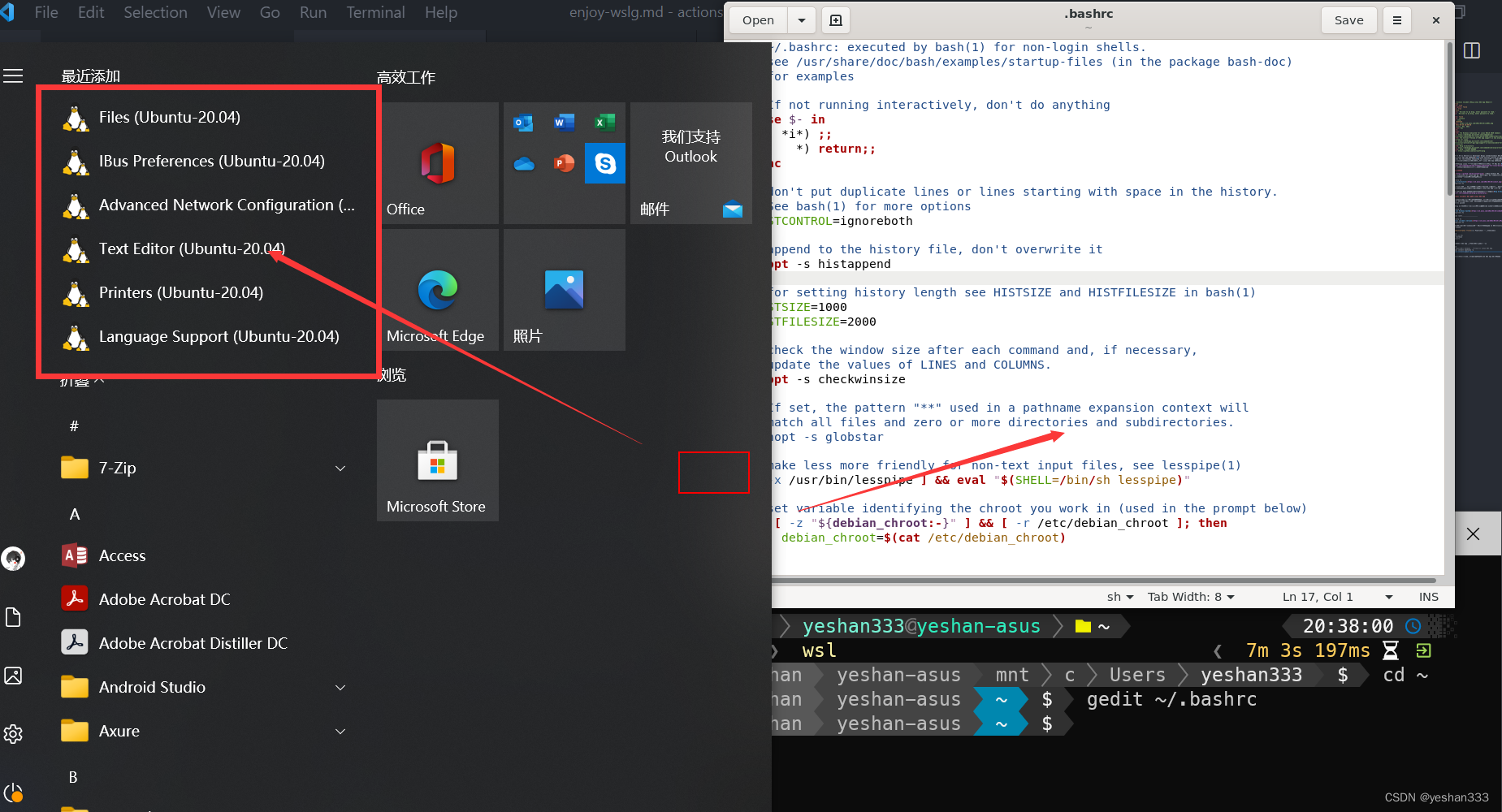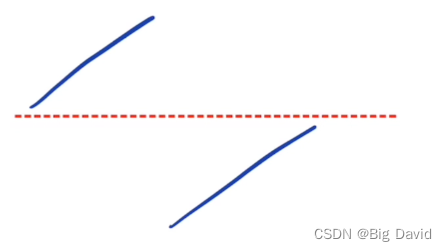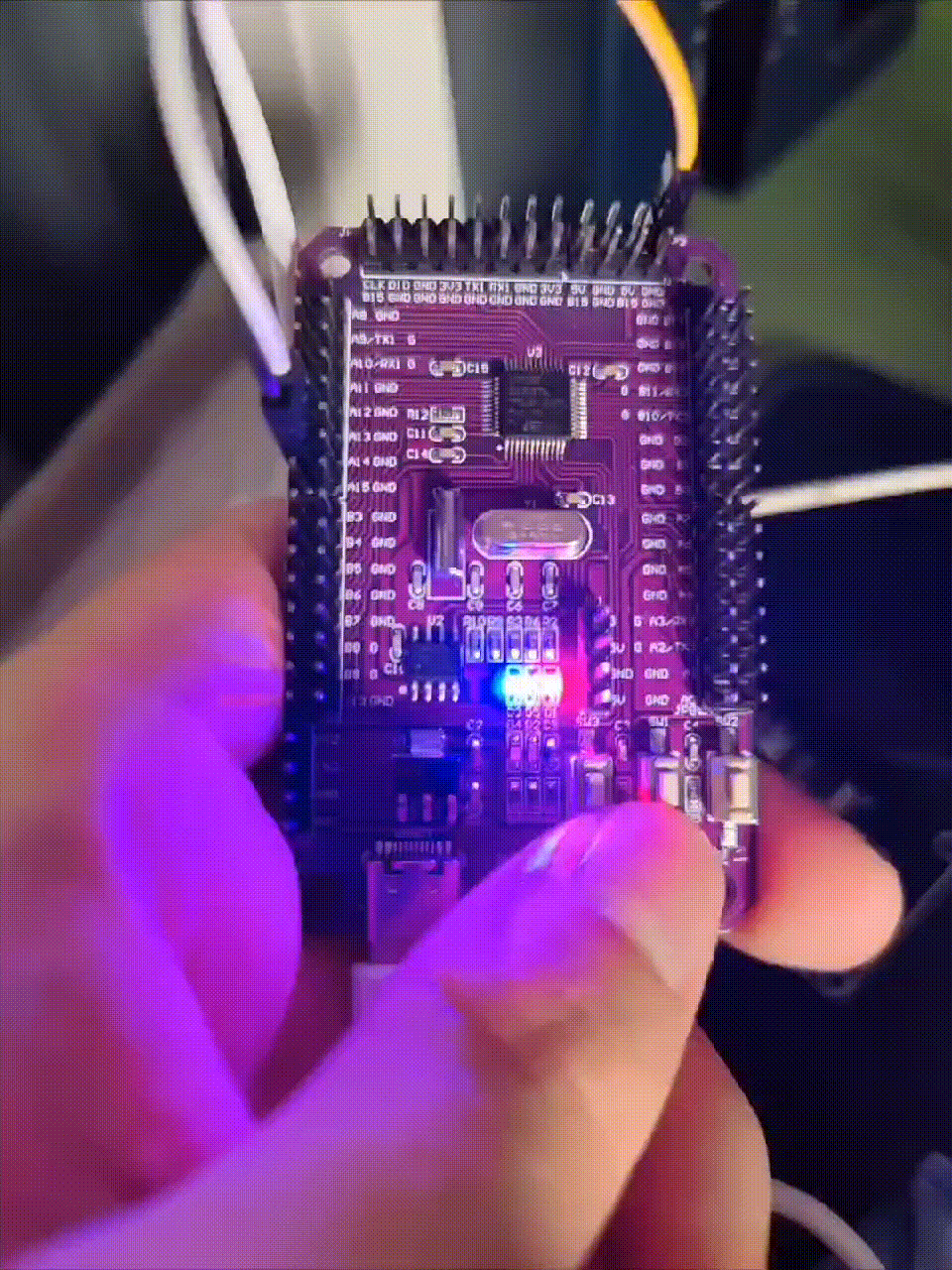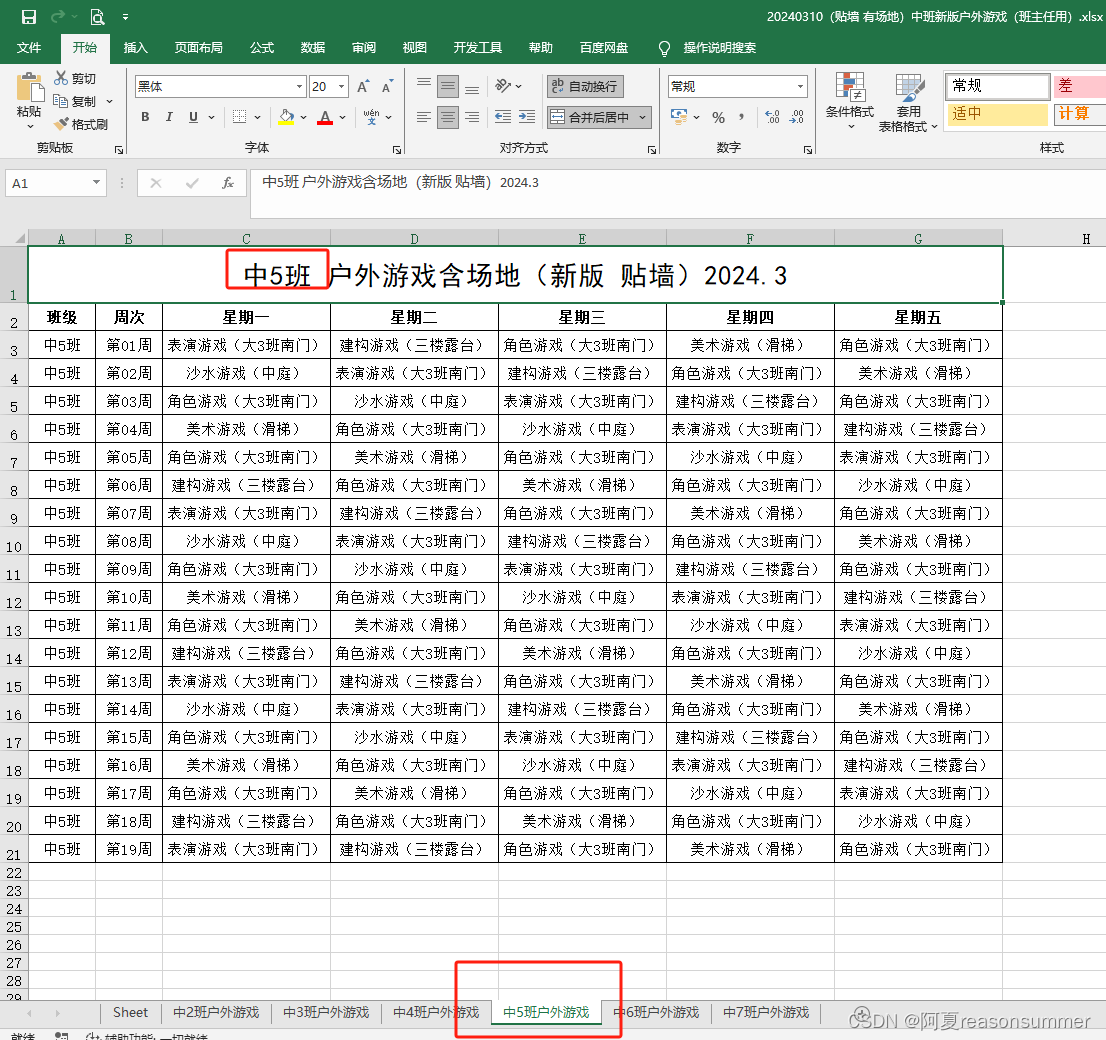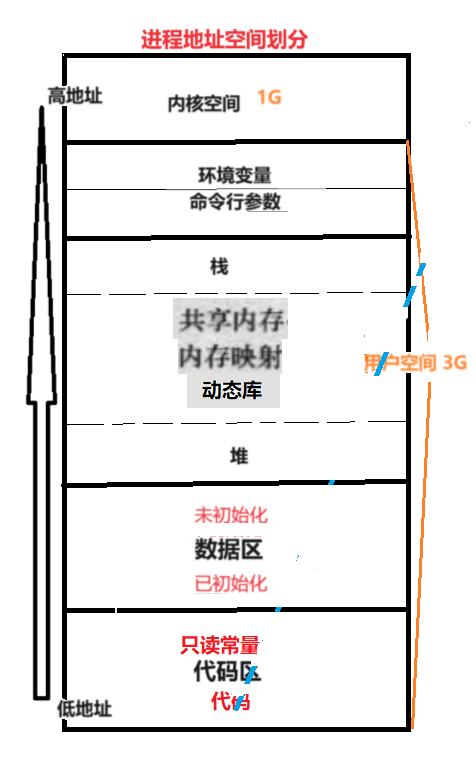两数相加
- 给你两个 非空 的链表,表示两个非负的整数。它们每位数字都是按照 逆序 的方式存储的, 并且每个节点只能存储 一位 数字。
- 请你将两个数相加,并以相同形式返回一个表示和的链表。
- 你可以假设除了数字 0 之外,这两个数都不会以 0 开头。
示例 1:
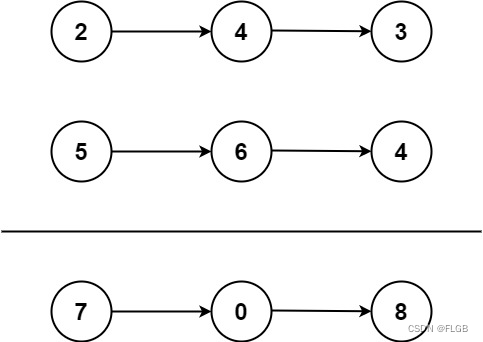
输入:l1 = [2,4,3], l2 = [5,6,4]
输出:[7,0,8]
解释:342 + 465 = 807.
解题思路
- 可以通过模拟手工相加的过程来实现两个逆序链表的相加。
- 从链表的头部开始,对应位置的数字相加并考虑进位。
具体步骤
- 1、初始化一个结果链表 dummyHead 和一个指针 current 指向 dummyHead。
- 2、初始化进位 为 0。
- 3、遍历两个链表,对应位置的数字相加并加上进位。
- 4、将结果添加到新链表中,并更新进位。
- 5、如果两个链表的长度不同,需要考虑短链表的高位是否需要进位。
- 6、如果最后还有进位,需要在结果链表的最后添加一个新节点。
- 7、返回结果链表的头部。
Java实现
public class AddTwoNumbers {
static class ListNode {
int val;
ListNode next;
ListNode(int x) {
val = x;
next = null;
}
}
public ListNode addTwoNumbers(ListNode l1, ListNode l2) {
ListNode dummyHead = new ListNode(0);
ListNode current = dummyHead;
int carry = 0;//进位值
while (l1 != null || l2 != null) {
int x = (l1 != null) ? l1.val : 0;
int y = (l2 != null) ? l2.val : 0;
int sum = x + y + carry;
carry = sum / 10;
current.next = new ListNode(sum % 10);
if (l1 != null) l1 = l1.next;
if (l2 != null) l2 = l2.next;
current = current.next;
}
if (carry > 0) {
current.next = new ListNode(carry);
}
return dummyHead.next;
}
public static void main(String[] args) {
// 构造链表 342: 2 -> 4 -> 3
ListNode l1 = new ListNode(2);
l1.next = new ListNode(4);
l1.next.next = new ListNode(3);
// 构造链表 465: 5 -> 6 -> 4
ListNode l2 = new ListNode(5);
l2.next = new ListNode(6);
l2.next.next = new ListNode(4);
// 调用 addTwoNumbers 方法相加链表
AddTwoNumbers solution = new AddTwoNumbers();
ListNode result = solution.addTwoNumbers(l1, l2);
// 打印相加结果
while (result != null) {
System.out.print(result.val + " ");
result = result.next;
}
// 输出:7 -> 0 -> 8
}
}
时间空间复杂度
- 时间复杂度:O(max(m, n)),其中 m 和 n 分别是两个链表的长度,需要遍历较长的链表。
- 空间复杂度:O(max(m, n)),需要创建一个新的链表来存储相加后的结果。
java两个大数相加
实现思路类似,从末位逐位相加,进位
public class BigDecimalAdd {
public static void main(String[] args) {
String a = "13413";
String b = "3333";
System.out.println(add(a,b));
}
public static String add(String a, String b) {
StringBuilder sb = new StringBuilder();
int carry = 0;
int i = a.length() - 1;
int j = b.length() - 1;
while (i >= 0 || j >= 0 || carry > 0) {
int sum = carry;
if (i >= 0) {
//a.charAt(i--) 等价于 a.charAt(i)执行后,再执行i--;
//a.charAt(i--) - '0' 数字的ASCII转化成对应数值
sum += a.charAt(i--) - '0';
}
if (j >= 0) {
sum += b.charAt(j--) - '0';
}
sb.append(sum % 10);
carry = sum / 10;
}
return sb.reverse().toString();
}
}


